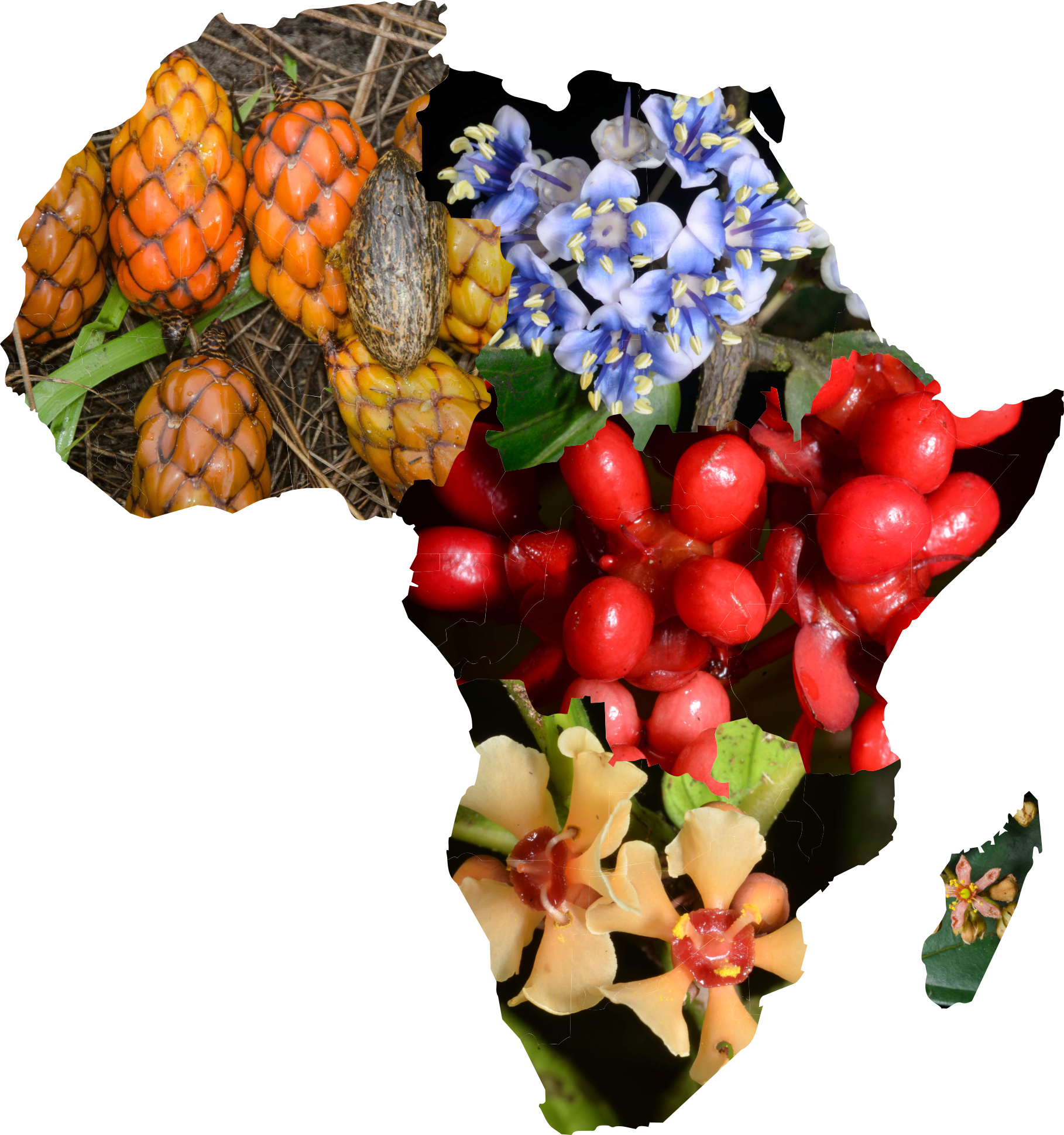MO:Pteridophytes
100985886 David H. Lorence 300 1974-06-01
Mauritius, Flacq, Piton (Pic?) Grand Fond: dense Sapotaceae forest., -20.32417 57.67528, 521m
MO:Pteridophytes
100985887 David H. Lorence 1078 1975-02-03
Mauritius, Savanne, Kanaka Crater; Remnants of native thicket much invaded by Psidium; Ligustrum; Rubus & Lantana., -20.4030556 57.5116667
MO:Pteridophytes
100985888 David H. Lorence 1073 1975-01-31
Mauritius, Savanne, Piton Grand Bassin: low native association much invaded by Psidium; Ligustrum & Rubus., -20.4155556 57.4852777, 800m
MO:Pteridophytes
100985889 David H. Lorence 1402 1975-09-11
Mauritius, Savanne, Bel Ombre primary forest; Diospyros, Mimusops, Labourdonnaisia & Securinega dominant., -20.5022222 57.4061111, 200m
MO:Pteridophytes
100985894 David H. Lorence s.n. 1975-01-31
Mauritius, Savanne, Pétrin Nature Reserve, near road to Grand Bassin: fairly dense Sideroxylon subclimax thicket. The Mauritius Herbarium. Flora of Mauritius No. 15816., -20.4044444 57.4266667, 610m
MO:Pteridophytes
100985896 David H. Lorence s.n. 1973-01-16
Mauritius, Black River, Plaine Champagne, along road leading to Bel Ombre., -20.415 57.4411111
MO:Pteridophytes
100985897 David H. Lorence s.n. 1972-11-08
Mauritius, Plaines Wilhems, Mare Longue Plateau. Swampy lowland in Sideroxylon formation, south of road., -20.3755556 57.4511111
MO:Pteridophytes
100985899 David H. Lorence s.n. 1973-01-06
Mauritius, Black River, Pétrin Nature Reserve. Sideroxylon formation., -20.4044444 57.4266667
MO:Pteridophytes
100985902 David H. Lorence 1420 1975-09-25
Mauritius, Black River, Macabe (Macchabée) climax florest; Sapotaceae dominant., -20.415 57.4411111, 700m

